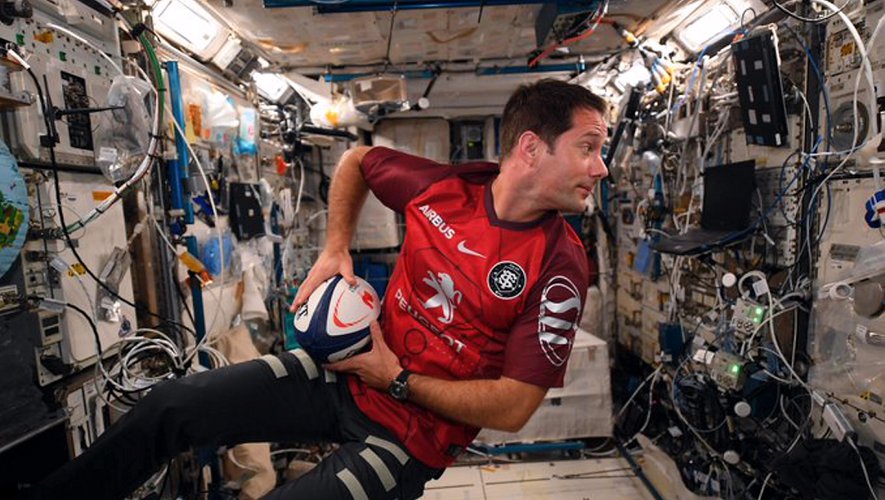
ISS: Thomas Pesquet will soon be in space, we explain why
This will be his first “off-vehicle” flight since arriving on April 23 aboard the International Space Station, for his Alpha mission.
Thomas Pesquet disassembles himself. It will be able to escape for a few moments from the 388 cubic meters of habitable volume of the International Space Station (ISS) that it has been in since April 23. The International Space Station will benefit from two new solar panels. And it is the French astronaut, with the American Shane Kimbrough, who will install it.
Two drops of 6.30 hours each
The duo will perform two spacewalks, Wednesday and Sunday, for the operation. “Each should last about 6.30 hours,” NASA said in a statement.
The International Space Station orbits the Earth at an altitude of between 330 and 420 kilometers, and is largely dependent on its eight solar panels to ensure its electricity supply. With a total area of 2,500 square metres, it is currently capable of generating up to 160 kilowatts of power during a tropical day, about half of which is stored in the station’s batteries for use when not exposed to the sun.
Increasing the solar power generation capacity of the International Space Station
These eight panels work well, but their life span is coming to an end.
The two new boards that will be installed – supplied by Boeing and which have the particularity of portability, were flown to the International Space Station on June 5 by Space X’s cargo ship. Once deployed, they were flown to the International Space Station. Six meters wide and 19 meters long.
Thomas Pesquet and Shane Kimbrough have been commissioned to install it in front of six of the eight existing solar panels. With a nice added value expected in the key because the electricity production capacity of the International Space Station should benefit from 20-30% of the additional power and go from a maximum production capacity of 160 kilowatts to 215. With these two new panels, the space station will also benefit from having a guarantee of energy access until 2030.
It took more than a year to prepare for the two spacewalks ud83d udc68 ud83d ude80 ud83d udc68 ud83d ude80 that will take place next week. These types of non-standard operations involve very different areas and a great deal of coordination. Thanks to those who made our outings possible! pic.twitter.com/lPZEVpLZKd
– Thomas Bisquet (@Thom_astro) June 8, 2021
“Unbelievable Feelings”
“Shane and I work on our spacesuits, and then my spacesuit takes a long time off. Spacesuits work really hard too, you know!” The star astronaut tweeted, showing off photos of his spacesuit.
We continue to prepare for a spacewalk with Tweet embed. This week we are mainly working on wetsuits.
//
Shane and I work on our spacesuits, and then my spacesuit took a well-deserved break. Spacesuits work really hard you know! pic.twitter.com/wuYxXT8bFb– Thomas Bisquet (@Thom_astro) June 10, 2021
With this mission, Thomas Bisquet will test his third and fourth spacewalks. He had carried out the first two missions during his first mission aboard the International Space Station, between November 2016 and June 2017, already with Shane Kimbrough, who already has six extravehicular flights around the clock.

“Incurable web evangelist. Hipster-friendly gamer. Award-winning entrepreneur. Falls down a lot.”
